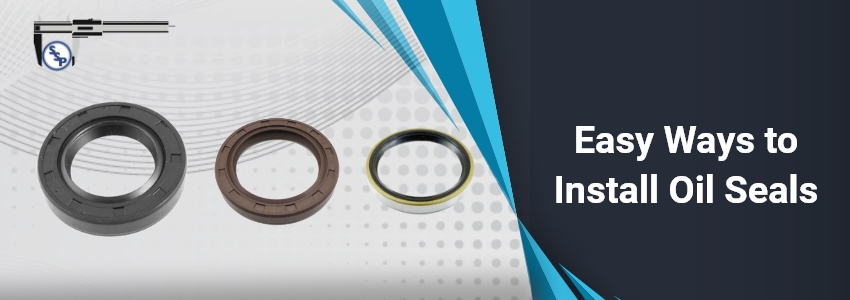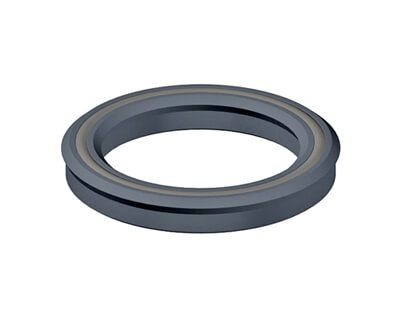 sales:
gm@sspseals.com
Toll Free: +1-888-238-SEAL Request A Quote
sales:
gm@sspseals.com
Toll Free: +1-888-238-SEAL Request A Quote
Rubber oil seals play a significant role in preventing contamination and leakage in various applications, from automotive engines to industrial machinery. Although widely used seals, many users fail to get the results as expected mainly due to improper installation in applications. Understanding what rubber oil seals are and how to install them correctly is essential for ensuring the efficient and reliable operation of these systems. Would you like to get a clear clarity about oil seals and how to install them correctly in your applications? If yes, continue reading this post.
What are Rubber Oil Seals?
Rubber oil seals, also known as oil seals, are popularly used components in various industrial applications especially to prevent the leakage of fluids, such as oils or lubricants, from machinery or equipment. Made to fit tightly around rotating or moving shafts, these industrial oil seals, efficaciously create a barrier between the inner workings of the machine and the external environment.
As they are made from synthetic rubber materials, such as nitrile rubber, these seals offer excellent sealing properties, along with resistance to oil and other fluids. The rubber material is molded into a ring shape, often with a metal casing or reinforcement to provide structural support and ensure durability.
Steps to Install Rubber Oil Seals Properly
Following the steps below leads to a proper installation of industrial rubber seals when used in your applications.
Mar 28, 2025
PTFE vs. Rubber Seals: Key Differences and BenefitsFeb 26, 2025
How Seals and Gaskets Safeguard Food and Beverage Products?Feb 05, 2025
Comprehensive Guide to FKM Fluorocarbon Rubber: Properties, Applications, and BenefitsDec 18, 2024
Pneumatic Seals and Hydraulic Seals: Types and Materials DiscussedNov 25, 2024